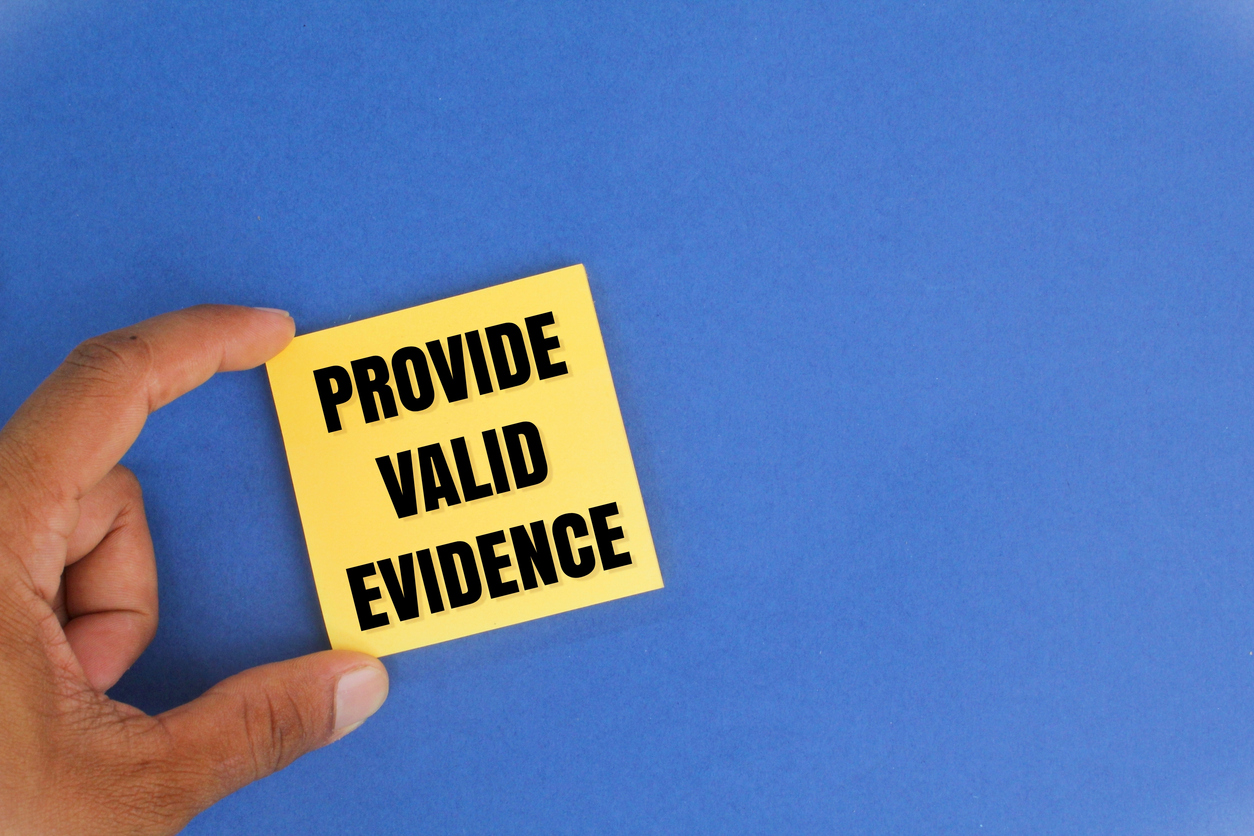(Note: This Guest Blog is by Michelle Claverol, an attorney with Merlin Law Group in the Coral Gables, Florida, office. This is the part of a series she is writing on business interruption claims).
Yesterday, I wrote about how swiftly the insurance industry has decided to shut down the possibility of recovery on business interruption claims resulting from the recent volcano eruption in Iceland. As reported, it is estimated that having to close Europe’s busiest airports may cost the airline industry in excess of $2 billion. While the insurance companies’ message of non-recovery was heard loud and clear, coverage fights will likely ensue, depending on the language of each individual policy.
Business interruption insurance is intended to return to the insured’s business the amount of profit (gross earnings minus normal expenses) it would have earned, had there been no interruption of the business or suspension of its operations as a result of a covered loss. Policyholders’ recovery for business interruption claims as a result of the recent volcanic eruption is unlikely because most policies require direct physical damage to the insured in order to trigger this type of coverage.
With so much lost income at stake, the coverage dispute will certainly be hard fought. As a matter of Property and Aviation Law, some state courts have found that ownership interest of a surface proprietor could extend to the airspace above the property. See, e.g., Berenson Wholesale v. Arizona Public Public Service Co., 803 P.2d 930 (Ariz. App. 1990). As noted in my previous blog,
It has been reported that volcanic ash is extremely fine and, if aspirated, it could damage airplane engines and affect the navigation gear. P&C National Underwriter reported that the last eruption from this volcano lasted more than 12 months.
It is likely that policyholder advocates will argue that the volcanic ash damaged the integrity of the property’s airspace. Of course, a reading of each policy at issue will be necessary to understand the nature of the coverages afforded for a disaster of this nature and to qualify the definitions of what constitutes “property,” “direct physical loss” and “property damage.” At this time, though, the coverage issue is far from resolved.
Depending on the specific policy language involved and the nature and circumstances of the damages, the airline industry and many insureds could find recovery for business losses caused by this massive natural disaster.
For example, with so many businesses dependent on airline services for their supply and demand operations, contingent business coverage, if applicable, could provide business interruption coverage for the suspension or delay in the chain of services or goods. There are four (4) types of dependent business ISO endorsements:
- Contributing Premises, such as the businesses that deliver materials to the insured,
- Recipient Premises, such as the businesses that receive the insured’s products,
- Manufacturing Premises (businesses that make products for delivery to the insured) and
- Leader Premises, such as businesses that bring the customers to the insured.
If coverage is found, the airline industry and other insureds could also look into extra expense coverage as an additional coverage that goes beyond the typical coverage for direct physical losses contemplated by the general insuring agreement. Extra expense coverage should allow a business to continue in the event of an emergency, by indemnifying the insured for reasonable and necessary increased costs of operations that would not normally have been incurred, but for the covered loss (i.e., employee overtime and temporary computer systems or office equipment).




